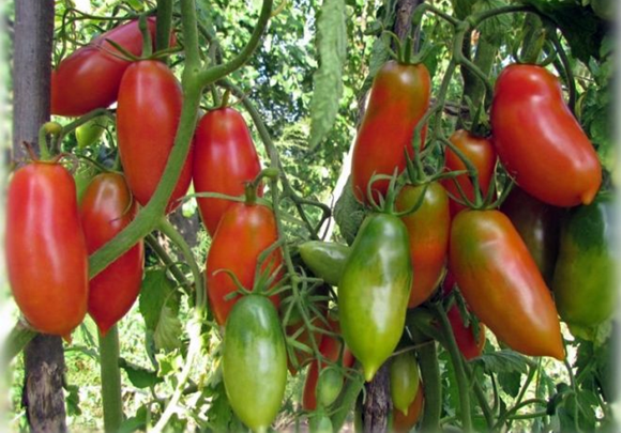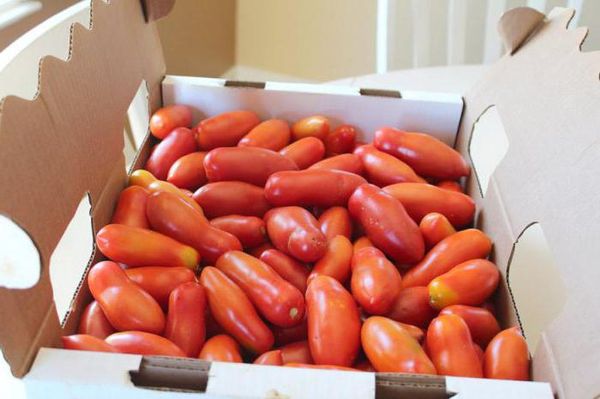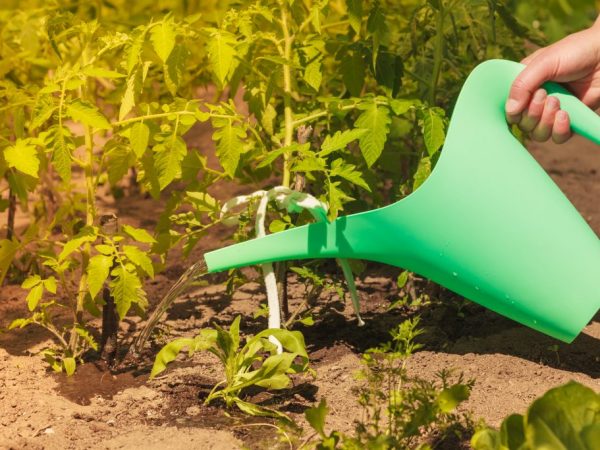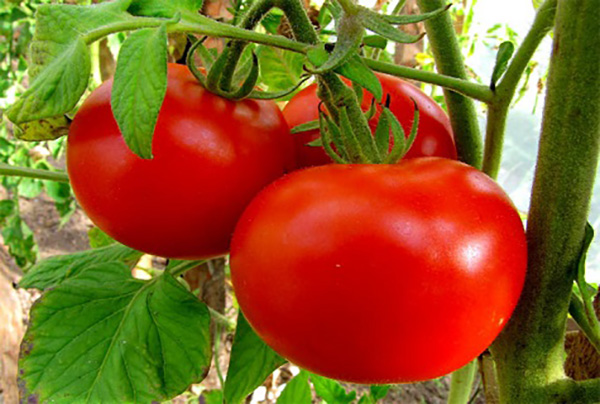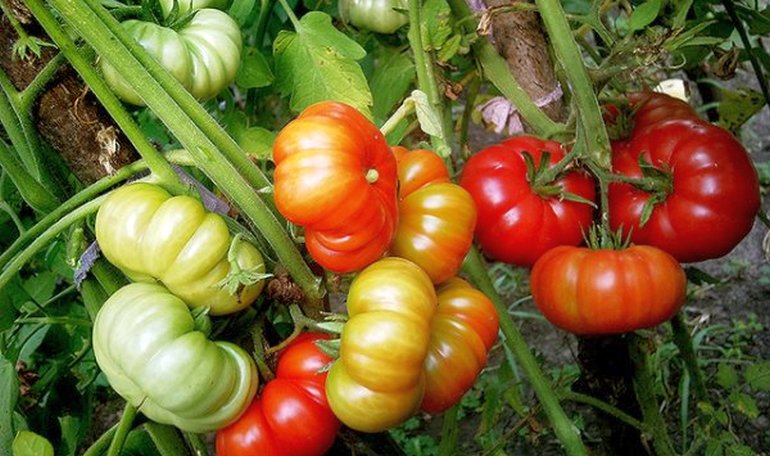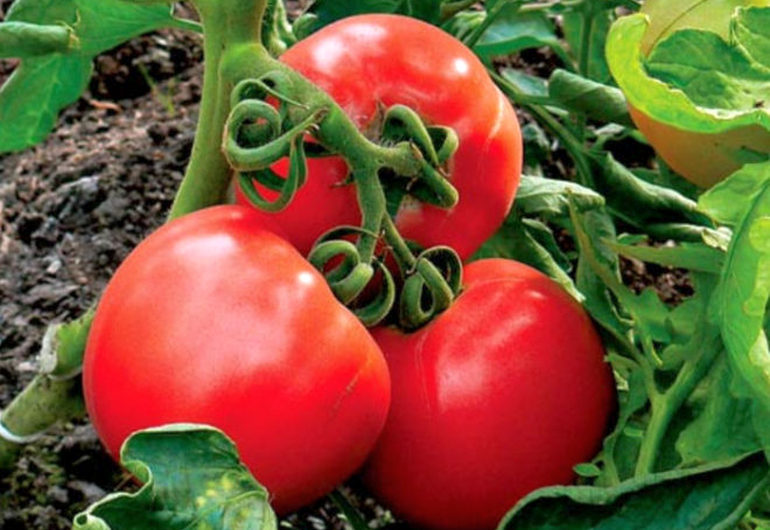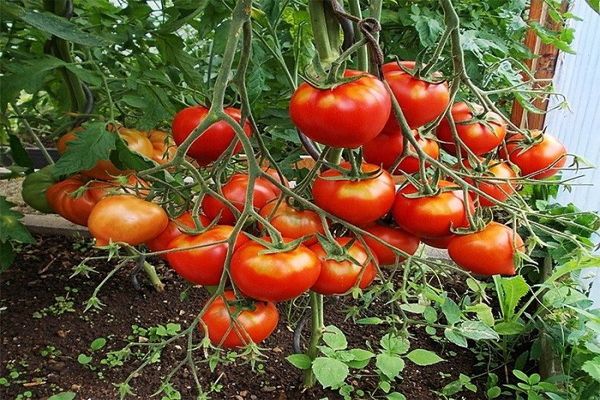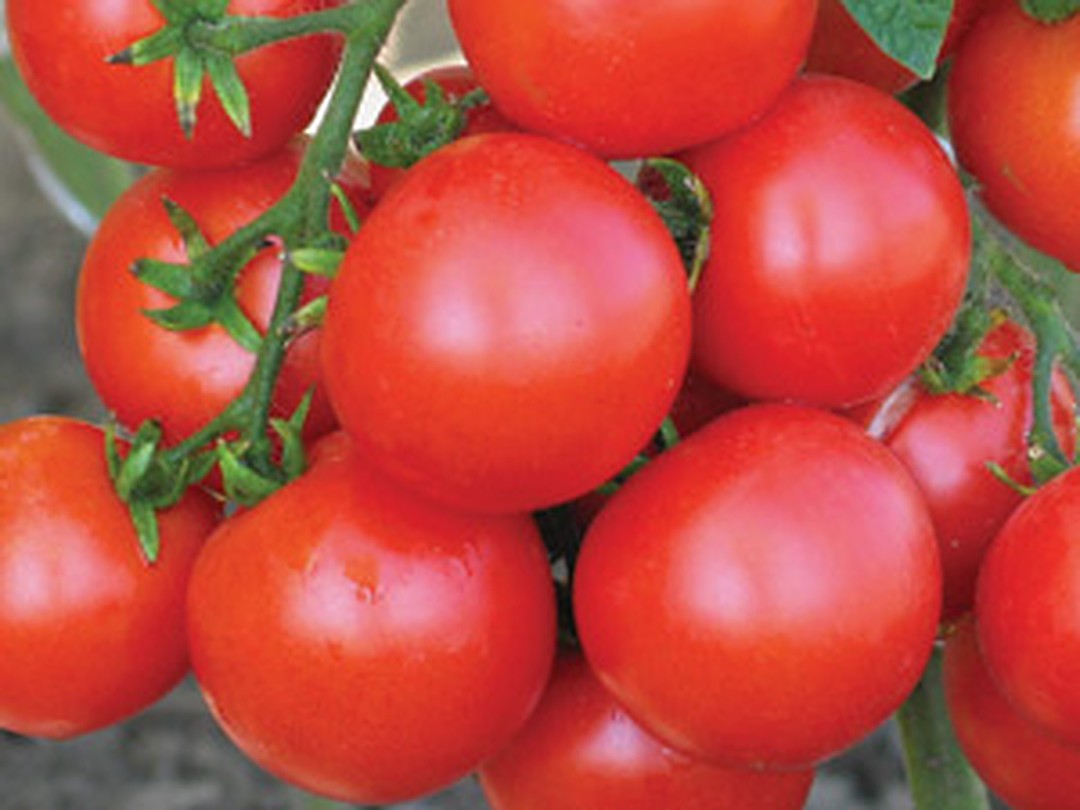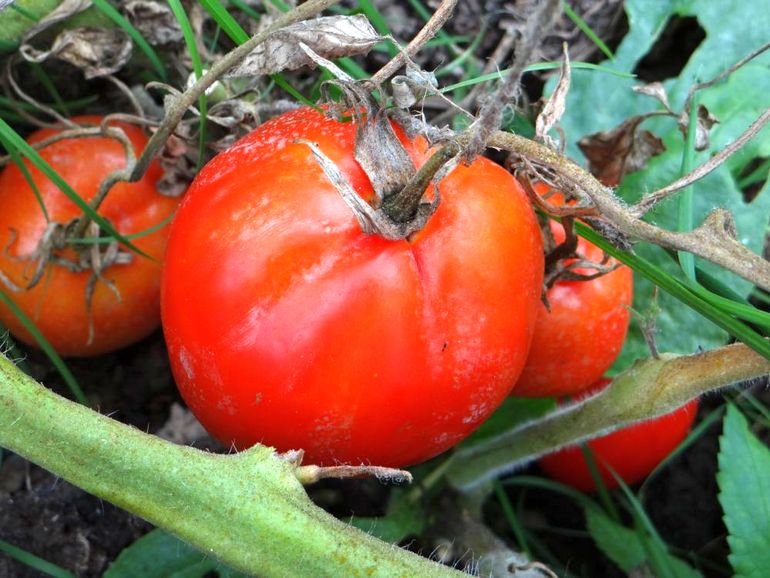Content:
With a variety of varieties of tomato plants, their external forms (with the exception of size) are generally quite similar. All the more interesting is the variety of culture, which is distinguished by the originality of its fruit, which has a strongly elongated, grape-like shape. It is to this group of plants that the French bunch tomato, considered here, is distinguished by not quite ordinary contours, more reminiscent of a cucumber or eggplant.
History of creation
Even at the mention of the name of a French tomato of a bunchy variety, an inexperienced summer resident has associations with something unusual, similar, say, to bunches of grapes. This idea is partly true, since the bushes of ripening tomatoes of this species are somewhat similar to vines. However, most likely, the name "French" was added for the beauty of the sound, and this tomato has nothing to do with France.
In fact, this variety was bred by the efforts of Russian breeders (specialists from the Sady Sibiri company were engaged in it), as a result of which its other name is “Siberian tomato grapevine”. At the moment, it is not even registered in the State Register of Russia yet.
Nevertheless, this original type of tomato has managed to become widespread and gain popularity among most Russian fans of unusual varieties. In addition, it has established itself as a very prolific plant, the yield of which is considered by many to be a record.
Description and characteristics of the variety
But in some cases (in well-protected ground, for example) the French bush tomato bush, the characteristics and description of the variety of which are subject to consideration, can reach a height of 1.8 meters. At the same time, according to the assurances of the manufacturers, it must be tied up during growth, and it does not need such procedures as molding and pinning. This statement has always caused an ambiguous reaction among gardeners, since it did not take into account the obvious fact that in the absence of pinching, the bush grows strongly.
At the same time, he will need increased portions of fertilizers and abundant watering, which will dramatically increase the physical and material costs of caring for the crop. In addition, when planting, you must carefully monitor the distance between the bushes, which should be chosen so that they do not interfere with each other and do not block sunlight.
So the ability to grow this crop without pinching, as a rule, can only be realized in the southern regions of the country. But for middle and northern latitudes, it is not at all easy to do this, since in this case the fruits may simply not have time to reach normal condition. In this regard, the problem of pruning growing layers should be solved by each gardener independently (taking into account the climatic features of the region).
As confirmation of all that has been said, the following should be noted:
- By the timing of its ripening, the variety can be attributed to mid-season crops, the harvest ripens in the garden for at least 120 days, counting from the moment the very first shoots appear;
- At the same time, when grown in greenhouse conditions, it will bear fruit before the onset of frost;
- Taking into account all of the above, and when the bush is divided into 4-5 full-fledged trunks, the yield of this crop can increase to 5-6 kg (with an average harvest of 2 kg).
In addition, Tomato Grozdevoy, the characteristic and description of the variety which are given in this section, stands out among other plants with the following properties:
- The shape of its fruits is not like any other, since it resembles rather eggplants or cucumbers with a slight thickening in the region of the stalk and a protruding spout;
- The color of tomatoes at the stage of full ripening is red, and their skin is quite dense and smooth;
- In terms of their size, the fruits are not very large, on average, they "stretch" by about 85-100 grams;
- On a bush, tomatoes grow in three or four bunches, and each of them contains 8-14 pieces;
- The taste of tomatoes is rated by experts as good (for "four"), but the presence of dense skin allows them to be used mainly for pickling.
Growing features
The growing season of tomato varieties always begins with planting seedlings, for which containers or boxes of suitable size are prepared in advance. For this, the first spring months are selected (usually mid or late March). For growing seedlings, it is recommended to use a soil of the same composition as that intended for adult plants. The most suitable option for these purposes is a mixture of ordinary garden soil and a small amount of humus.
After the soil is distributed over the containers, shallow grooves (no more than a centimeter) are made on its surface, and then pre-selected seeds are planted in them. Further, the boxes are placed under the film and located in a place well-lit by the sun's rays.
When watering seedlings, you should not waste too much moisture, and very young shoots are best sprayed with a spray bottle. It is recommended to start picking young roots only with the appearance of the very first tomato leaf. After transplanting into separate pots, the young should be fed with a nutritious aqueous solution prepared on the basis of potassium and phosphate additives.
Everyone who has their own garden or vegetable garden should prepare in advance for the transfer of seedlings, starting with work on arranging the greenhouse. In terms of timing, these activities are tied to mid-May, and it is planted on open beds a little later (somewhere in June).
Subject to the considered planting scheme, the first tomato ovaries, as a rule, appear by the end of June. Immediately after being transferred to the greenhouse beds, the young are tied to supporting pegs or trellises. At the same time, he needs abundant irrigation with warm (preferably rain) water, which should be organized no more than once every two weeks.
As for diseases that can threaten this type of tomato, it is believed that it is sufficiently resistant to all known types of pests. However, for prevention, it does not hurt to periodically spray the growing bushes with solutions of ready-made antiviral drugs. Either a weak solution of ammonia, or an infusion of chamomile and celandine with the addition of yarrow will help protect plants in this way.
Advantages and disadvantages
The undoubted advantages of this variety of tomatoes include:
- High yield of the cultivated crop;
- Quite good taste of its fruits;
- Simplicity of care and attractive appearance;
- The ability to make large stocks in the form of canned food;
- Ability to maintain its marketable form for a long time;
- Suitability for long haul.
In conclusion, we note that the Grozdevoy tomato plant belongs to unpretentious modern crops, the main purpose of which is to be used for canning purposes. Due to its resistance to pathogenic microbes and garden pests, its fruits ripen well on any soil (provided they are properly cared for).

